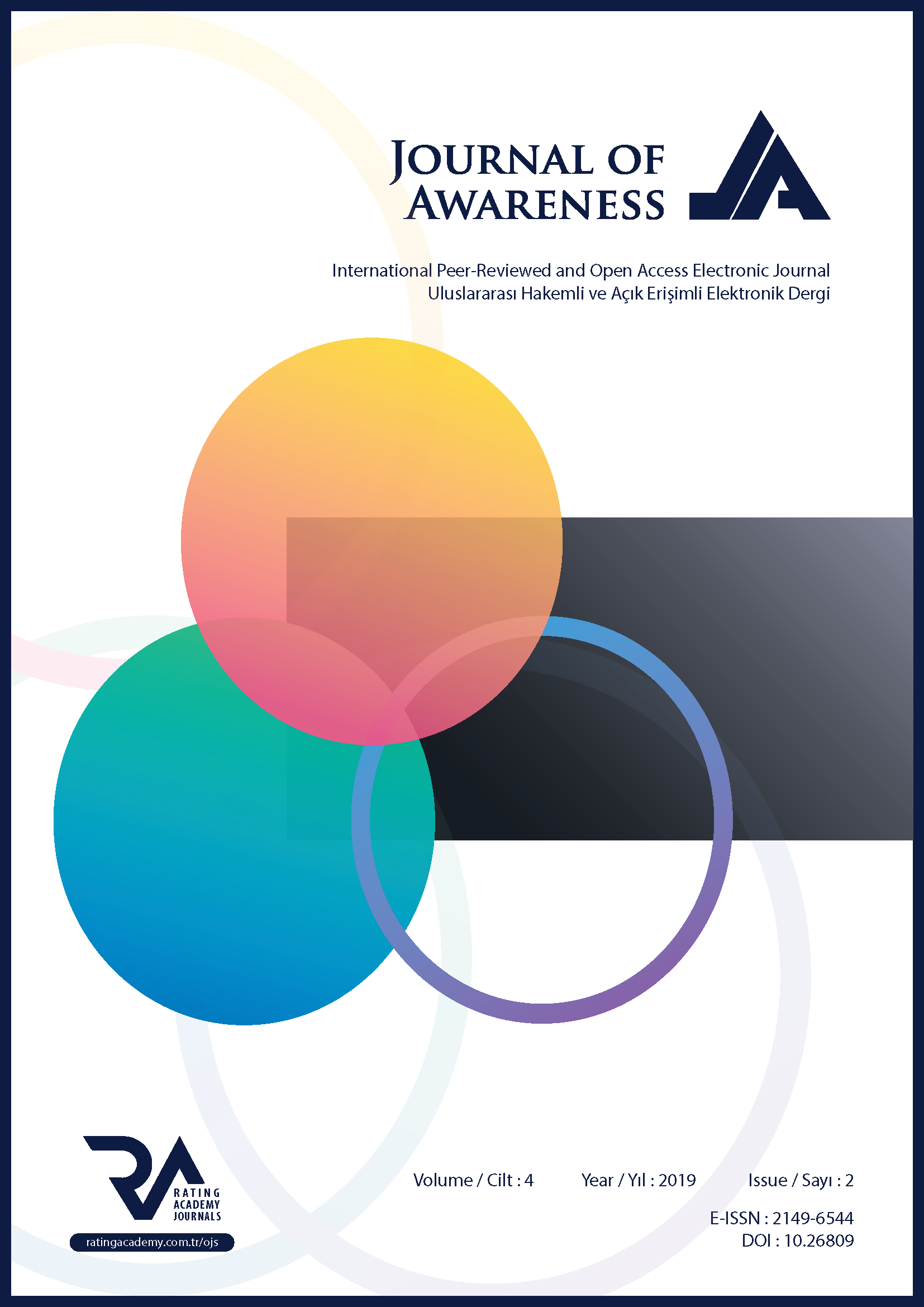THE SELF AS AN ANCHOR: HOW DO HUMAN ASCRIBE VALUE TO THINGS
THE SELF AS AN ANCHOR: HOW DO HUMAN ASCRIBE VALUE TO THINGS
Author(s): Mustafa Emre ÇağlarSubject(s): Philosophy of Mind, Cognitive Psychology
Published by: Rating Academy
Keywords: valuation; meditation; decision making; perception; visual complexity
Summary/Abstract: According to the norm theory of Kahneman and Miller, when people evaluate an object, they often think about other objects in the same category, and compare the stimulus object to the anchor (Hsee, 1998, 109). However, people would intrinsically ascribe value to things (Hood & Bloom, 2008) without using an explicit anchor. We argue that instrumental value is embedded in the intrinsic one and therefore intrinsic valuation is active for any evaluation of the individual. In the study, the existence of intrinsic value was tested by using the meditative state of mind as a tool and author found three omnipresent phenomena that affect the assigned value of things: a) Just after a high level of meditative state, participants distinctly assigned lower values to images relative to their non-meditative peers. b) Participants assigned significantly higher values to more complex images only when they focused on these images for a while. c) When participants made instant valuation, while the complexity of images rising, the values assigned took in the form of a U-curve. These situationalities has been integrated and resolved on a theoretical ground..
Journal: Journal of Awareness (JoA)
- Issue Year: 4/2019
- Issue No: 2
- Page Range: 205-226
- Page Count: 22
- Language: English

